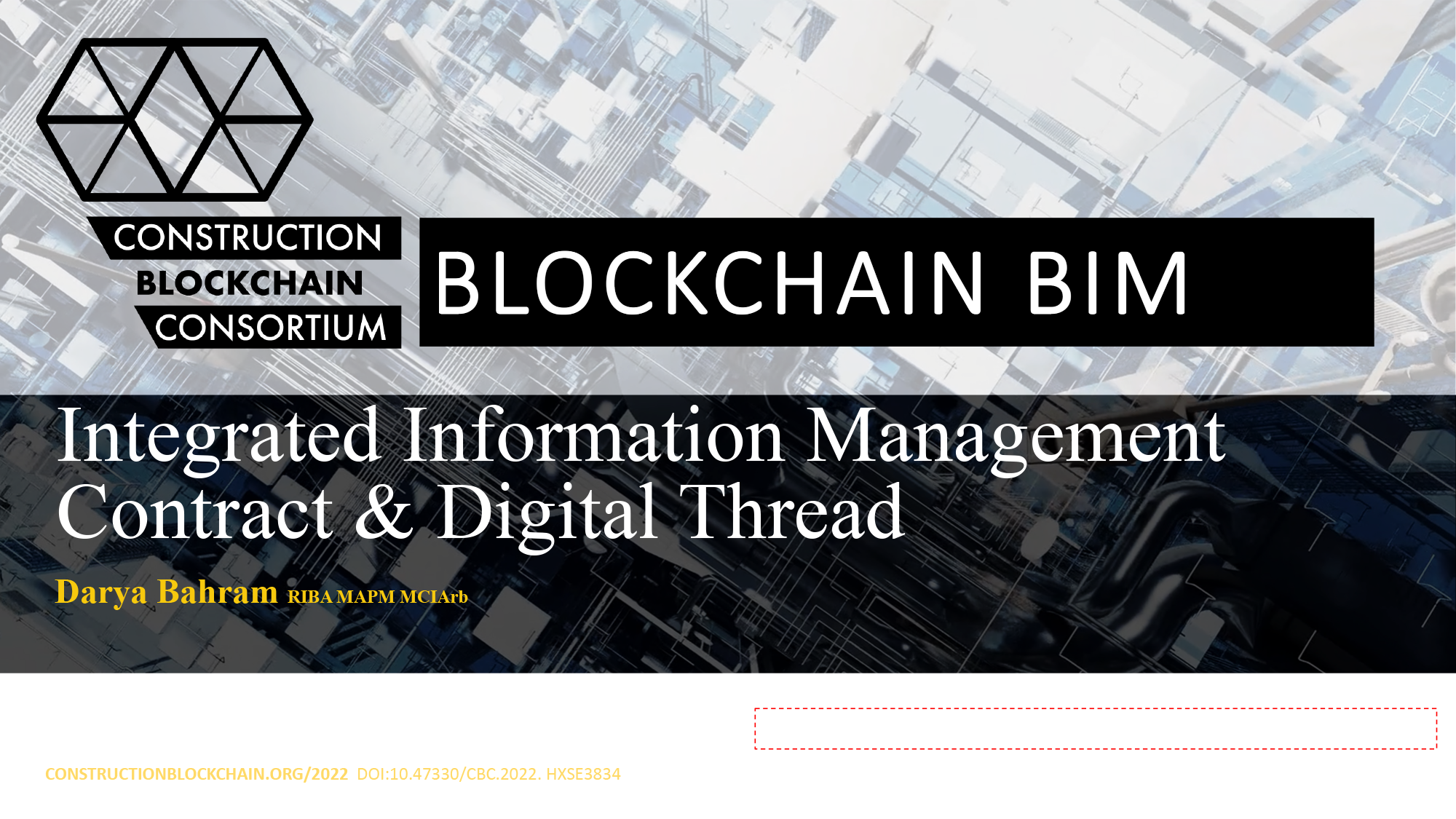Integrated Information Management Contract and Digital Thread
Abstract
Building Information Modelling and Management has enabled us to generate the type of data we can use to both create and maintain an asset. It is also important to recognise that it has enabled us to unlock the door to the application of other new technologies that heavily rely on data generation and data management. To take advantage of the process that creates and applies intelligent models to develop, inform and communicate data more efficiently across the full contributor team and the whole project life cycle, there needs to be better communication between the contributors. If teams get provided with a unified platform, where they can directly connect and engage, it becomes possible to reach collective and accurate information. This requirement is now possible through an Integrated Information Management Contract (IIMC). This type of collective working culture is now more than ever before imperative if the construction industry is to comply with the new Building Safety Act 2022. The Act has created a more stringent regulatory framework that links all stages of project lifecycle forming an important chain across the design, construction and operation and maintenance of a built asset, including the implementation of the golden thread of digital information. The golden thread is both about the “information” that allows anyone to “understand a building and keep it safe” and about the management and maintenance of that information which is required to remain up to date, “accurate and easily understandable” at all times. Five years on from the tragic fire at Grenfell tower, the industry has been yet again named and shamed for its lack of collective working ethos. Dame Judith Hackitt, in her “Building a Safer Future” report, highlighted this failure and the habit of doing things quick and cheap to satisfy individual team members commercial interest with little regards to safety. But change in mindset requires moving away from working in silos and doing away with unfair risk and liability transfer down the supply chain. BIM and building information management can support the requirement for change. However, what it more importantly demands is an appropriate link between the team members through a formal contractual mechanism. In a sense, a multi-party enabler contract that can create direct relationships between the team to work together effectively, setting out and agreeing common processes. IIMC, currently in use, does comply with the requirements under ISO 19650 series and the collaborative proposition it demands. Unlike two party contracts and protocols, IIMC creates a bridge and is an integrator between all the contributing parties, satisfying the requirement for both creating and managing of information necessitated under the digital golden thread of information.

